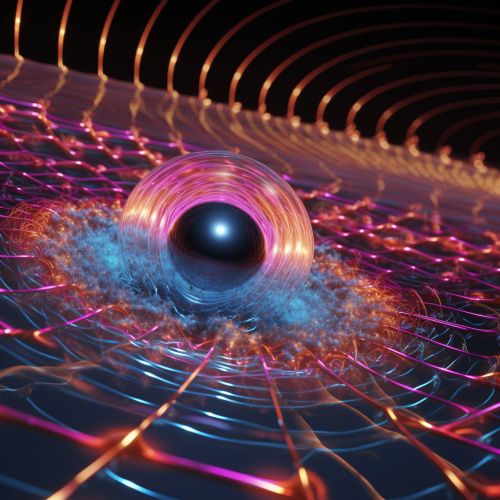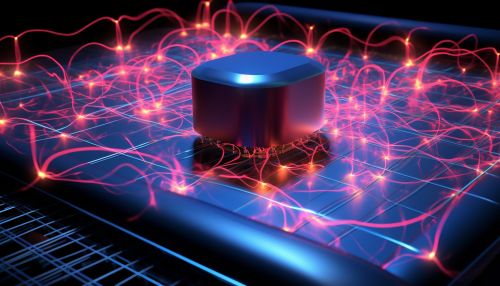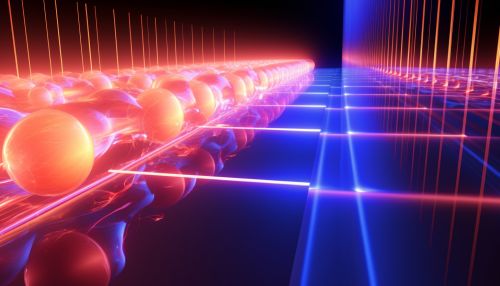The Physics of Quantum Hall Effect
Introduction
The Quantum Hall Effect (QHE) is a quantum-mechanical version of the classical Hall effect, a phenomenon observed in two-dimensional electron systems subjected to low temperatures and strong magnetic fields. The QHE is one of the most remarkable macroscopic manifestations of quantum mechanics and has deep implications for our understanding of the fundamental nature of matter.


Discovery and Basic Principle
The Quantum Hall Effect was first discovered by physicist Klaus von Klitzing in 1980 during experiments with silicon-based MOSFETs. The discovery was so significant that it earned Klitzing the Nobel Prize in Physics in 1985.
The basic principle of the QHE is that the Hall resistance, measured in a two-dimensional electron system under the influence of a strong magnetic field at very low temperatures, is quantized in units of the von Klitzing constant, denoted as R_K. This quantization is incredibly precise and independent of the material or the exact shape of the specimen, which makes it a universal physical constant.


Quantum Mechanics and the QHE
The QHE is deeply rooted in quantum mechanics. It can be understood in terms of Landau levels, which are energy levels of a charged particle moving in a plane under the influence of a magnetic field. When the Fermi level lies between Landau levels, the Hall conductance takes on quantized values, leading to the QHE.
The QHE is also related to the Aharonov-Bohm effect, a quantum mechanical phenomenon in which an electron is affected by an electromagnetic field, even in regions of space where the field is zero. This effect is a direct result of the wave nature of electrons and the quantization of the magnetic flux.


The Integer and Fractional Quantum Hall Effects
There are two distinct versions of the QHE: the Integer Quantum Hall Effect (IQHE) and the Fractional Quantum Hall Effect (FQHE). The IQHE, discovered by Klitzing, is observed when the Hall conductance takes on integer multiples of a basic unit. The FQHE, discovered by Horst Störmer, Daniel Tsui, and Robert Laughlin, is observed when the Hall conductance takes on fractional multiples of the basic unit. The discovery of the FQHE won Störmer, Tsui, and Laughlin the Nobel Prize in Physics in 1998.


Applications and Implications
The QHE has profound implications for fundamental physics and practical applications. It provides a direct link between macroscopic measurements and microscopic quantum mechanical properties. It has also been used to define the standard of electrical resistance, and it provides a method for determining the fine-structure constant with high precision.
In addition, the QHE has led to the discovery of new forms of quantum matter, such as topological insulators and anyons, particles that are neither fermions nor bosons. These discoveries have potential applications in quantum computing and other areas of technology.


Conclusion
The Quantum Hall Effect is a fascinating and deeply profound phenomenon that bridges the macroscopic and microscopic worlds. Its discovery has not only revolutionized our understanding of quantum mechanics but also paved the way for new technologies and standards in measurement.


